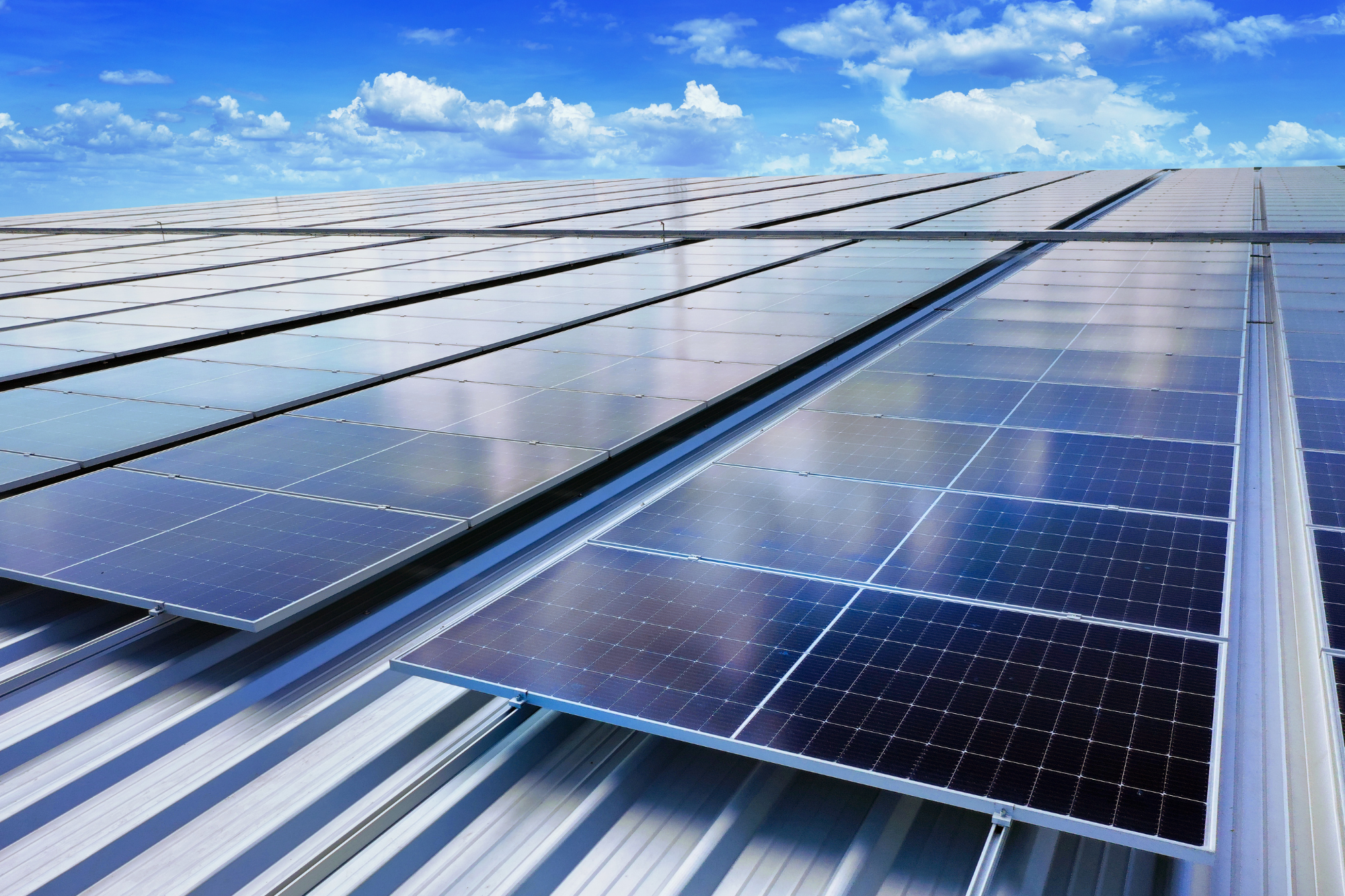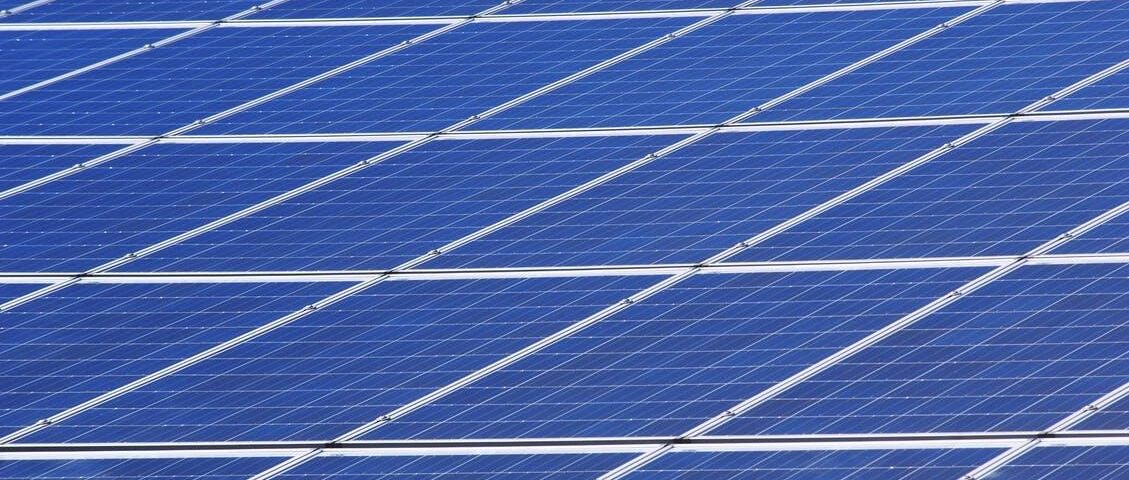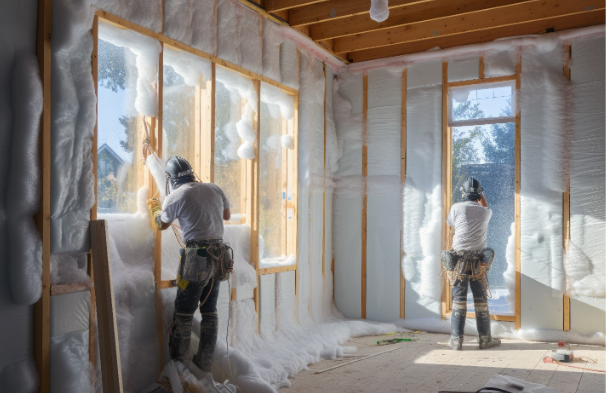
What is the Best Roof Type for Solar Panels?

When Can a Roof Be Repaired Instead of Replaced?
Commercial buildings in the United States use up to 35% of the country’s energy. High energy consumption translates into high energy bills for commercial properties. However, as a property manager, you can optimize energy consumption and reduce energy costs by using commercial energy solutions to improve your commercial building’s energy efficiency.
Energy-Efficient Roofing Systems for Commercial Buildings
Commercial building roofs offer several excellent opportunities for reducing energy consumption. Here are a few options to consider.
- Metal Roofing. Metal reflects away heat, reducing energy costs by up to 40%. Painted metal roofs are highly reflective and emissive, re-emitting up to 90% of solar radiation.
- Thermoplastic Polyolefin (TPO) Roofing. TPO roofing is an excellent commercial roofing solution in warm climates. Its reflectivity helps reduce energy costs and minimize the urban heat island effect.
- PVC Roofing. This single-ply commercial roofing membrane is popular among restaurants and other commercial properties that need chemical/grease resistance.
- Vegetative Roofing (Green Roofs). This beautiful roofing system supports vegetation. You can build them in place or buy pre-grown vegetation modules that are easy to install, maintain, and repair. Green roofs are energy-efficient, help reduce the urban heat island effect and improve stormwater management.
- Rooftop Detention (Blue Roofs). These roofs temporarily store stormwater and slowly release it. Combining this roofing system with other commercial energy solutions for roofs can significantly reduce your building’s energy costs.
- Polyiso Insulation. Low-slope roofing systems can benefit from Polyiso, a thermoset, closed-cell foam insulation that is energy-efficient, fire-resistant, and easy to install. It’s more effective than other insulations at preventing heat gain/loss.
- Solar Shingle Roofing. Solar shingles can be costly upfront, but their renewable energy output is worth the investment. In the long run, they are the most energy-efficient commercial roofing solution.
Energy-Saving Benefits of Daylighting
In addition to reflecting away heat, some commercial energy solutions let you benefit from daylighting, which occurs when diffused skylight, direct sunlight, or natural light enters your commercial building. Daylighting can be the primary light source in your entire building or some sections throughout the day.
Likewise, you can reduce your building’s lighting costs by installing large windows strategically and painting the interiors with reflective colors. As natural light baths your buildings and reflects off the walls, occupants don’t have to rely on artificial lighting powered by electricity. You can dim or turn off overhead lights, turning them on only after dusk or on overcast days.
Energy-Saving Roofing Systems May Be Eligible for Federal Tax Credits
Some energy-efficient roofing solutions, such as reflective materials and solar shingles, may be eligible for federal tax credits. According to ENERGY STAR, asphalt, and metal roofs may be eligible for tax credits, including 10% of your roofing cost or up to $500, barring installation costs.
To qualify, these materials must be ENERGY STAR-certified, have pigmented coatings (for metal), or feature cooling granules (for asphalt) to reduce heat gain. Solar roofing earns even more tax credits because it generates renewable energy. Solar roof systems installed before 2022 receive a 26% tax credit, whereas systems installed in 2023 receive a 22% tax credit.
Get Affordable Commercial Energy Solutions
Rain Man Roofing & Waterproofing Services offers reliable commercial roofing services, including energy-efficient roofing systems based on your building’s unique use case. Contact us today and request a quote.


